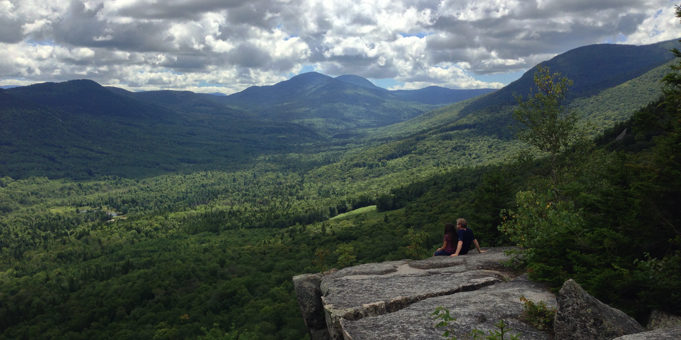As a parent of five, I think a lot about the kind of world my children have grown up in. Like most parents, I want to give them every opportunity for a bright future. For many of us, that means making significant investments in their education—college tuition, room, board, and other expenses that can easily exceed $200,000 for a four-year degree. But while education is essential, I’ve come to realize that there’s another investment that’s just as critical: doing everything we can to address climate change today, for a brighter, more sustainable tomorrow.
We’re all feeling the effects of climate change, and while no one can predict exactly what the future holds, one thing is certain—our reliance on fossil fuels is making the world harder for the next generation. By reducing my home’s carbon footprint, I’m not just saving on energy costs; I’m actively contributing to a healthier planet for my children and generations to come. That’s why I’ve almost fully electrified my home.
We have an old Victorian that had an oil furnace and steam radiators. We recently upgraded our insulation and invested in geothermal heating. The work in an old home is complicated and can be stressful. These changes have made a big difference, both in reducing our energy use and in making our home more comfortable year-round. My children are mostly grown and almost all through college. With this in mind, I wanted to make sure that in 20 years I could look myself in the eye and say I tried my best to ensure they have a better world to live in, and raise their children in.
If you’re thinking about starting your own journey toward a clean energy home, the best place to begin is with a MassSave Home Energy Assessment. It’s free and provides personalized recommendations for improving your home’s efficiency, such as air sealing and weatherization. These simple steps alone can cut heating and cooling costs by up to 20%, and there are great incentives available to make weatherization upgrades even more affordable.
Once you have an assessment and weatherization, there are smaller steps and bigger investments homeowners can make. One of the prerequisites to further electrification is ensuring your home is the right electrical service level. This may require an upgrade to your electrical panel. This is best to discuss with your electrician, although there are also incentives introduced as part of the Inflation Reduction Act.
Some of the smaller steps include replacing your gas stove with an induction stove, or upgrading appliances to more efficient models. Luckily there are also many incentives to help the costs.
More significant projects include installing heat pumps or solar panels. While these are major projects and do take reasonable capital, they can have concrete paybacks. To get a quick estimate of payback there are a number of tools: For solar you can use Project Sunroof, for heat pumps Mass Save | Heating Comparison Calculator. Ultimately, these projects are best taken on as part of other initiatives. That might be a major home renovation, the end of life of your current heating systems, or when you need a new roof. While these investments are more complex and expensive, planning the time and allocating budget is critical. Finally, the incentives for heat pumps and solar are significant, and can offset a good portion of the costs. If you are looking for advice, a great place to start are Newton’s energy coaches. They have a tremendous amount of knowledge and scheduling an appointment is straightforward. Another excellent resource is Green Newton’s Green Pages, a directory of green service providers.
Last year was a major year for us, as we completed our geothermal installation, which was the last of a number of investments over the years including new windows, upgraded electrical panel, and an induction stove. Cooling in the summer is way more efficient. We used to have only a few window units in the children’s rooms. Now for about the same electricity costs, everyone in the house is much more comfortable. The heating is almost much more consistent throughout the house, and each bedroom can control their own temperature. We’re still measuring savings, so more precise payback calculations will have to wait. But in the meantime, we know these investments will, over time, pay for themselves and then some…and the energy saved will be available for our kids’ generation.
Brian Hodgson is a Green Newton board member.



Recently on Twitter